Skip to content
Share
Explore

Scaled Agile Framework - SAFe 5
 Organizational Agility
Organizational Agility
Content Page. The Organizational Agility competency describes how Lean-thinking people optimize their business processes, evolve strategy with clear and decisive new commitments, and quickly adapt the organization as needed to capitalize on new opportunities
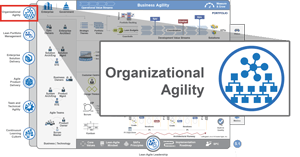
Organizational Agility
Why Organizational Agility?
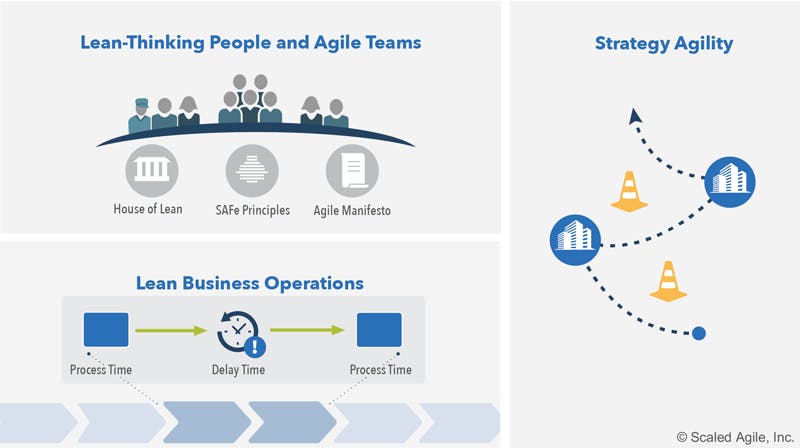
Lean-Thinking People and Agile Teams
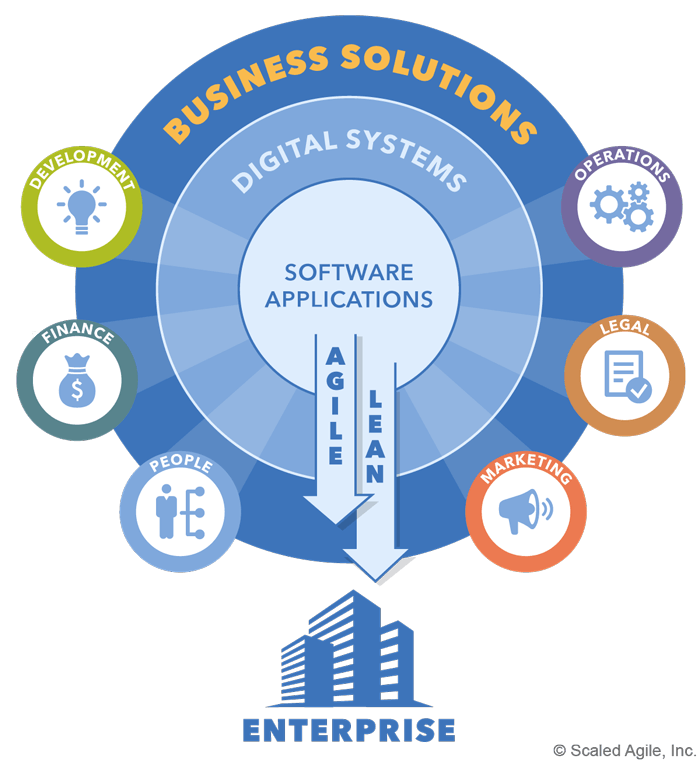
Agile Technical Teams
Agile Business

Agile Working Environments
Visualizing Work
“In a lean organization, we want people to see the effect of their work so that we don’t have to tell them what to do.” — Alan Ward.
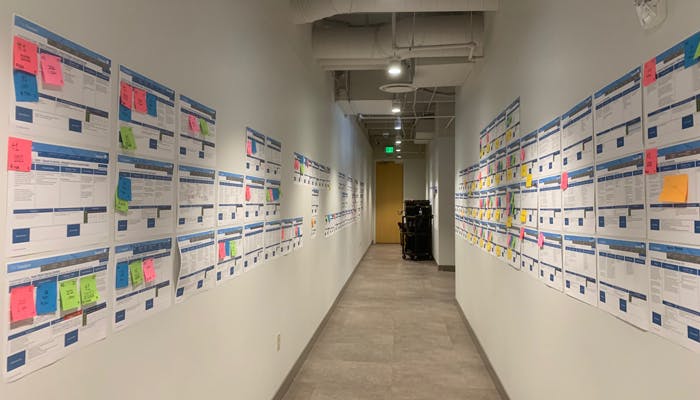
Lean Business Operations
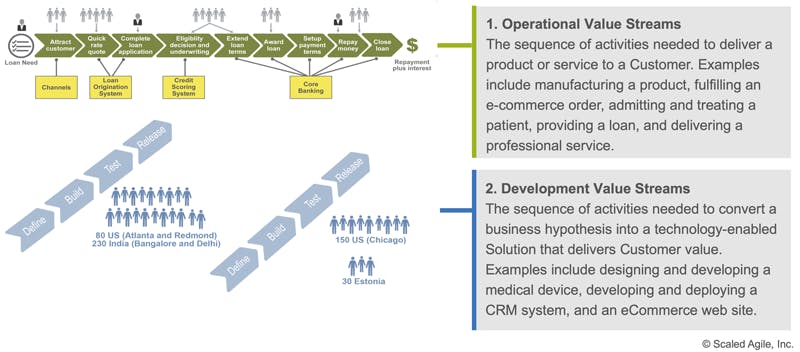
Mapping Value Streams
“Lean companies focus on value streams to eliminate non-value-creating activities. Good development systems consistently create profitable (operational) value streams.” —Alan Ward

Implementing Flow
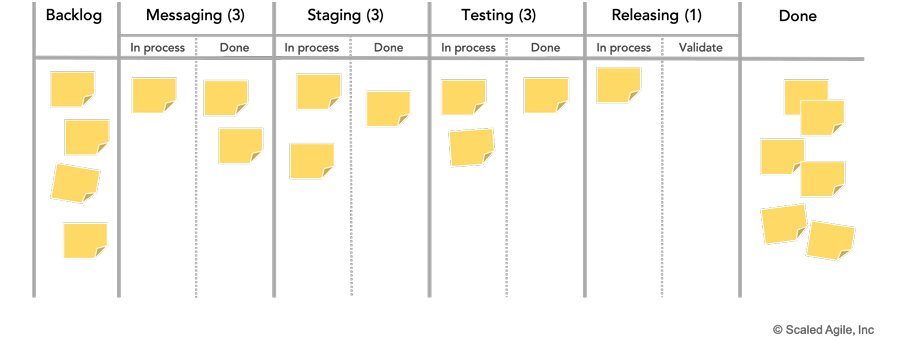
Optimizing Operational Value Streams with Tooling and Automation
Strategy Agility
Want to print your doc?
This is not the way.
This is not the way.

Try clicking the ⋯ next to your doc name or using a keyboard shortcut (
CtrlP
) instead.